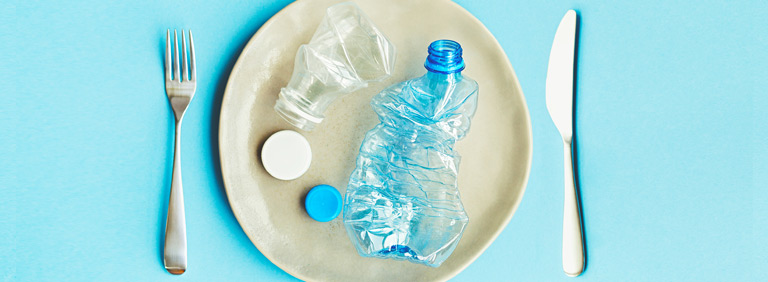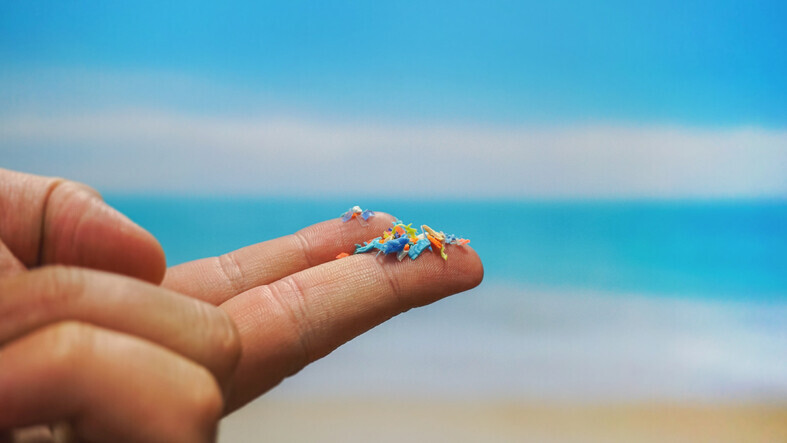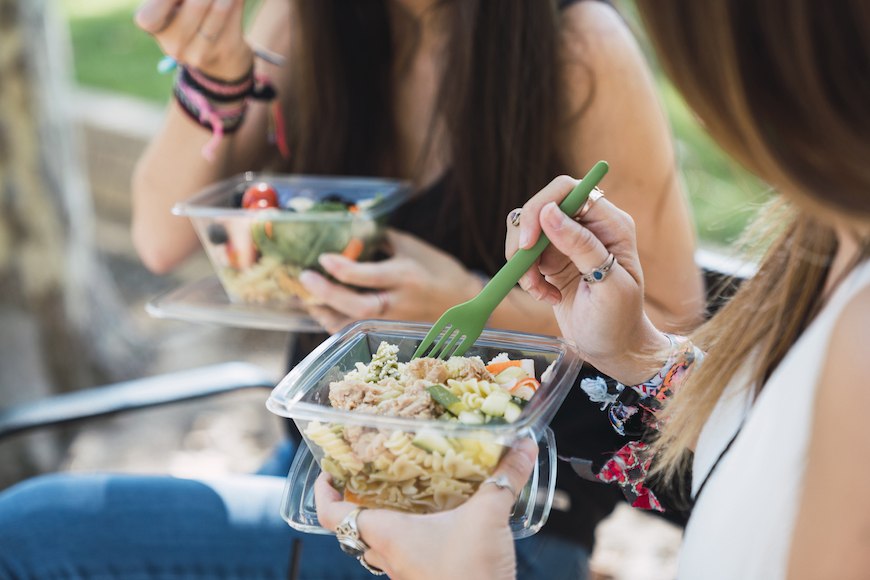
Some Everyday Foods with High Microplastics You Ought to Know About
We can see plastic everywhere we go. We use it primarily for packaging for food and everything we use that’s new (or not). We use it in our daily lives. But even though it’s useful, it damages our environment in many ways. For instance, trillions of plastic debris are floating in our ocean. That’s about 296,000 tons floating everywhere. We might not see it, but it’s there and can affect our lives negatively. Plastic in our food is one concern, especially microplastics. So if you want to know what foods are high in plastic, read on to find out.

Fruits & Vegetables
People say that fruits and vegetables are the healthiest options that we can consume. However, Italian researchers have found that these are contaminated with microplastics too. For instance, apples and carrots contain the highest levels of microplastics. But other crops are affected, too, like pears, turnips, lettuce, radishes, and more. This contamination happens when they suck water containing microplastics up to their roots. It passes down to the shoots, which form the edible parts of the plant. So it’s safe to say that nothing is ever safe from plastics, even those we believe to be the safest options.
Salt
Salt is not food but a condiment. However, we only use salt primarily for food. So it kind of counts. And since these come from the ocean, it’s unsurprising that they have microplastics in them. In fact, research shows that over 90% of salt brands across the globe are tainted with microplastics. So even if the main ingredient you cook doesn’t have microplastics, they will contaminate the finished dish due to the salt you put in them. Furthermore, it’s virtually impossible to find a brand without microplastic in them since these brands are used globally.

Beer
For all the beer lovers out there, you should be wary of drinking too much since research has also shown that out of all the alcoholic beverages tested for microplastic, beer has the highest levels. The average level of microplastics found in beer is the same as the average level found in tap water, so the water supply is part of the factor. However, it’s not always the case because one study has shown that two beer brands made in the same municipality with the same water source have different microplastic levels, so it may have to do with the beer production process too.
